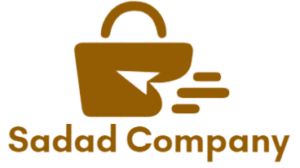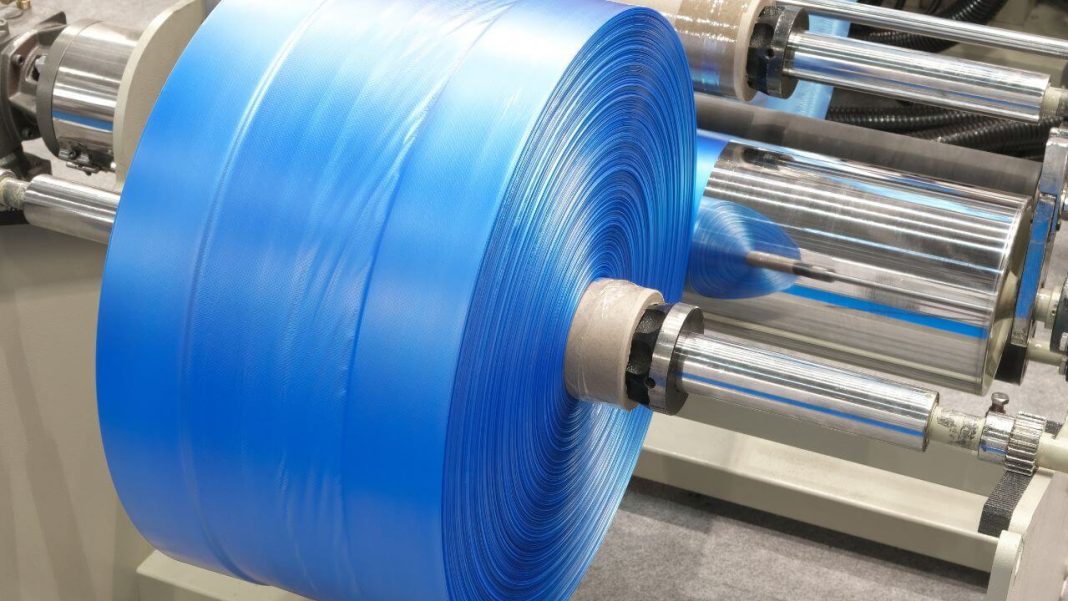Pharmaceutical wrap-around labeling demands high precision and consistency to ensure product quality and regulatory compliance. One critical aspect of this process is label tension control. Proper label tension is essential for accurate label placement, preventing wrinkles, bubbles, and label slippage.
Understanding Label Tension
Label tension refers to the force exerted on the label as it is unwound from the roll and applied to the product. Too much tension can cause the label to stretch, tear, or wrinkle, while too little tension can result in poor adhesion or inaccurate placement.
Factors Affecting Label Tension
Several factors can influence label tension, including:
- Label material: Different label materials (e.g., paper, plastic, foil) have varying levels of stiffness and elasticity, which can affect tension.
- Label adhesive: The adhesive strength and tackiness of the label can influence the required tension.
- Label size and shape: Larger or more complex labels may require more tension to maintain control.
- Application speed: Higher speeds can increase the tension required to maintain label alignment.
- Environmental conditions: Temperature and humidity can affect the properties of the label material and adhesive, impacting tension requirements.
Importance of Precise Tension Control
Precise label tension control is crucial for several reasons:
- Label placement accuracy: Proper tension ensures that the label is applied accurately to the product, avoiding misalignment or overlap.
- Label adhesion: Consistent tension promotes optimal adhesion between the label and the product, reducing the risk of label peeling or delamination.
- Reduced waste: Accurate tension control minimizes label waste due to tearing, wrinkling, or misalignment.
- Improved production efficiency: Consistent label application can increase production speed and reduce downtime.
Methods for Controlling Label Tension
There are several methods for controlling label tension in pharmaceutical wrap around labeling:
- Tension control devices: These devices use sensors and motors to measure and adjust label tension.
- Air knives: Air knives can be used to apply a controlled amount of air to the label web, helping to maintain tension.
- Brakes: Brakes can be used to slow down the unwinding of the label roll and control tension.
- Idler rollers: Idler rollers can be adjusted to apply pressure to the label web and control tension.
Challenges and Solutions
Despite the importance of label tension control, there are several challenges that manufacturers may face:
- Label material variations: Differences in label material can make it difficult to achieve consistent tension control.
- Environmental factors: Changes in temperature and humidity can affect label tension.
- High-speed production: At high speeds, it can be challenging to maintain precise tension control.
To address these challenges, manufacturers can implement the following solutions:
- Regular maintenance: Regular maintenance of tension control equipment is essential to ensure optimal performance.
- Process monitoring: Continuous monitoring of label tension can help identify and address problems before they lead to product defects.
- Automation: Automated tension control systems can help to maintain consistent tension levels even during high-speed production.
In conclusion, label tension control is a critical factor in pharmaceutical wrap around labeling. By carefully considering the factors that affect tension and implementing appropriate control measures, manufacturers can ensure that their products are labeled accurately and consistently, meeting the high standards of the pharmaceutical industry.










